The night before the windstorm hit Los Angeles Tuesday, Jan. 7, Santa Monica High School junior Leona Jones packed her bags for what she expected to be a one or two-day evacuation, similar to what she had done for the Franklin Fire just last month. However, the Palisades Fire, which ignited that same day, was immensely more destructive.
Like many others, Jones evacuated thinking she would return to an intact neighborhood. Unfortunately, that was not the case.
“I just thought ‘Oh, it’s just a wind warning, I don’t really have to pack that much stuff.’ So I just packed three shirts, sweatpants, jeans and stuff I knew I would need for the next couple of days. But I didn’t pack the super essential things, which I really should have,” Jones said. “Looking back on it, I don’t even know what I was thinking. I feel kind of stupid — I should have packed more and realized how big of a deal it was, but at the time, there wasn’t even a fire.”
In the month of January, Los Angeles faced a series of devastating wildfires that collectively burned nearly 50,000 acres and forced over 150,000 residents to evacuate their homes. Among them, the Palisades Fire in West L.A. burned 23,713 acres, destroyed 3,857 structures and caused 10 fatalities. The Eaton Fire in Altadena, a neighborhood in Northeast L.A., burned 14,117 acres, destroyed 5,718 structures and claimed 17 lives. The rapid spread of the fires was fueled by fierce Santa Ana winds, which reached up to 100 miles per hour in some areas and carried embers across large distances. Thanks to ongoing efforts by first responders, both fires are almost fully contained.
Before the fires, Jones drove along the Pacific Coast Highway twice daily, commuting from her home in Malibu to her high school in Santa Monica and back. Soon after the Palisades Fire broke out, while she was still expecting to return home in a few days, Jones saw a video of her neighborhood in rubbles with only a few houses still standing — including hers. She was feeling shocked and grateful.
“[The Franklin Fire] wasn’t as personal compared to the Palisades fire,” Jones said. “I grew up in L.A. and the Palisades, and I lived in that house for five years now and seeing it all burning up is just so, so sad. I don’t even know how to put it into words. It’s just heartbreaking to see everything gone.”
Another evacuee, Archer senior Avalon Garland, did not return home after the school’s early dismissal Tuesday, Jan. 7. She went straight to a friend’s house to evacuate, as her home was near the then small Palisades Fire. Her brother, who was at their home at the time, had 20 minutes to pack and leave after seeing black smoke surrounding their neighborhood. Due to congested traffic on Pacific Coast Highway, as thousands of residents fled the area, it took him three hours to fully evacuate.
In the following days, Garland said she tried calling her home phone number, but the calls did not go through. Later, her father received a photo confirming their home had burned down.
“It definitely does feel like grieving someone or something, especially because I didn’t get anything. All my childhood stuff was in there; I lost photos and things like that,” Garland said. “I’ve had a lot of people tell me that ‘They’re just objects,’ and ‘You’ll be fine because everything’s replaceable.’ But almost nothing is replaceable. When you really think about it, the things you miss … it’s pieces you made as a kid.”
Palisades Charter High School was partially damaged by the Palisades Fire Jan. 7. Although many of the campus buildings are still intact, damaged or destroyed areas include the English classrooms, computer science lab and film space. Pali High sophomore Claire Burrell said the school will be offering online learning for one to two months as the administration searches for a space to conduct in-person learning.
“I don’t want to go back [online]. I feel like I can maybe handle it for, at most, a semester, but especially being in high school now, you can’t really do classes online — no one’s really going to be there. I think people are still going to be really panicked, and it’s just going to be awful, especially with people in AP classes,” Burrell said. “It’s the second semester, too, which means everything’s getting more ramped up.”
Hannah Cheung, 18, returned to her home in Pasadena from college on winter break. She said the sudden outbreak of the Eaton Fire was scary, especially as it impacted people so close to home. Cheung said she and her family are praying for the community and are actively checking in on neighbors to offer support.
“A lot of my friends have had to evacuate. Some people have lost their homes, and it’s just really stressful and sad,” Cheung said. “I think that a lot of people are focusing so heavily on the political implications of what’s going on that they are unaware of the people in our communities who need empathy right now. What we need as a community are just people from other places in the world that aren’t affected by the fire to support us in prayers and thoughts for people who are impacted — our first responders, firefighters and everyone who is giving medical attention.”
Throughout the city, many facilities offered spaces as evacuation shelters. Marco Huitron, 39, grew up in West Los Angeles and tried to volunteer at the Westwood Recreation Center, but they had sufficient help.
“I have good family and friends that impacted my life just because they’re so pure. So given that aspect, it inspired me to be who I am and give back as much,” Huitron said. “The progression [of the fire] moved so quickly, and it brought mad tears to my eyes and my heart. Let’s say the people walking around here, they’re not family, they’re not friends, but they may have been the deli person. They may have been the cashier. They may have had a consistency on my family and friends’ lifestyles, so as long as I can help, I’m here.”
The center offered a dedicated room for pets, providing care for animals whose owners were staying at the shelter. Robin Dominguez began volunteering, taking care of the animals at the center when the fire started. She has been involved in animal rescue for 38 years and specializes in the TNR (Trap-Neuter-Release) program for feral cats.
“When the fire first started … it made my heart hurt for animals, and I couldn’t sleep,” Dominguez said. “I came home, and this woman had told me that she couldn’t get to her pets. So I said ‘I’m just going to go do something’, and I saw this [opportunity] on the news, and so I came here and set this all up.”
She said it is important to keep the shelter calm for the animals’ well-being, including covering cages and maintaining quiet environments. Dominguez planned to stay at the shelter for as long as needed.
Outside the Pasadena Convention Center, another evacuation shelter, Michael Brown and his wife sat on the sidewalk taking bites from their ice cream cones after escaping from the Eaton fire. They lived in a van in Altadena when the fire forced them to evacuate. Brown said he would remain faithful to God when thinking of his future, and the world is due for another “house cleaning,” drawing a parallel to the biblical flood.
“Whatever you do, whether it’s right or wrong, put God first, because He knows your secrets as well as your openings. You might fool me, but you can’t fool God,” Brown said. “It’s time for us to get down on our knees and start praying … Their house can’t save them, their job can’t save them, their money can’t save them — nothing. Find out where you stand with the Lord, because how could you say you own anything when you don’t even own yourself?”
This story was originally published on The Oracle on January 28, 2025.


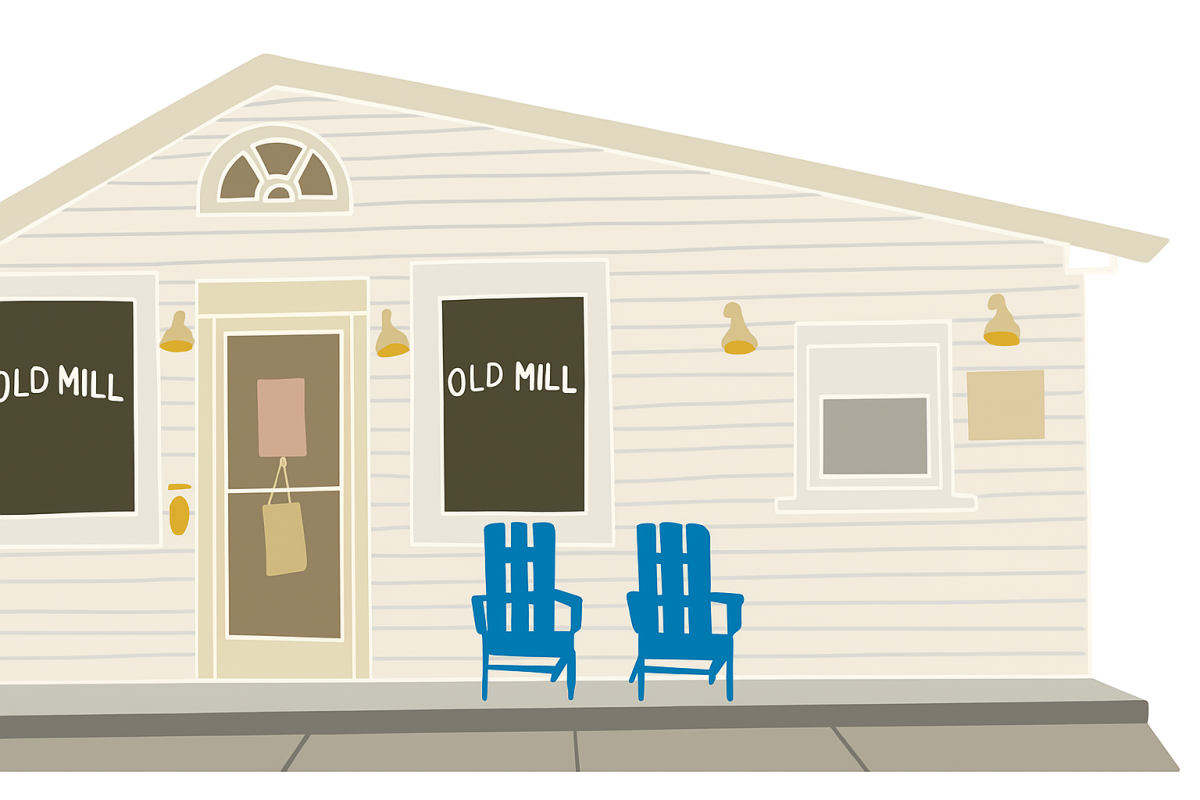
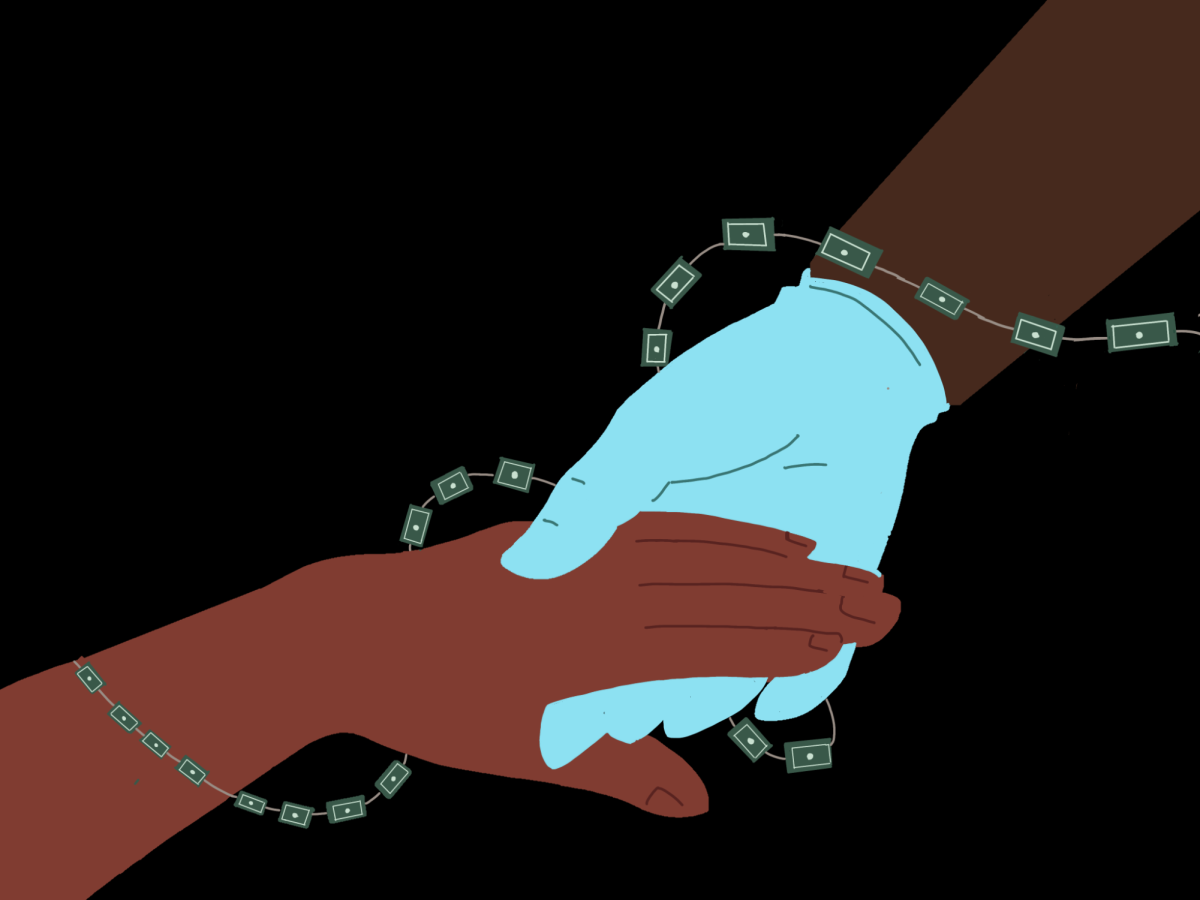
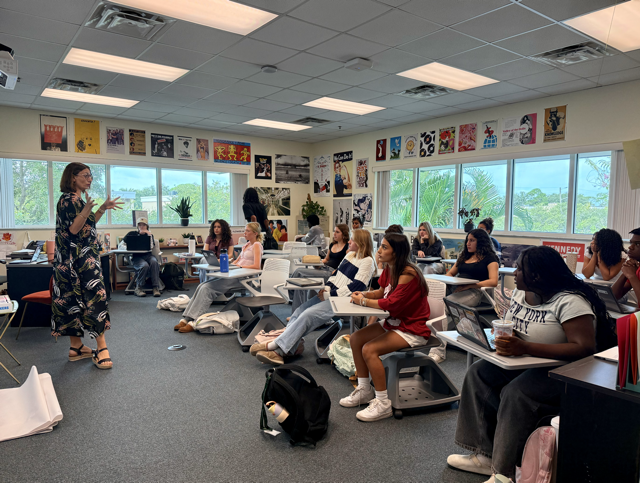
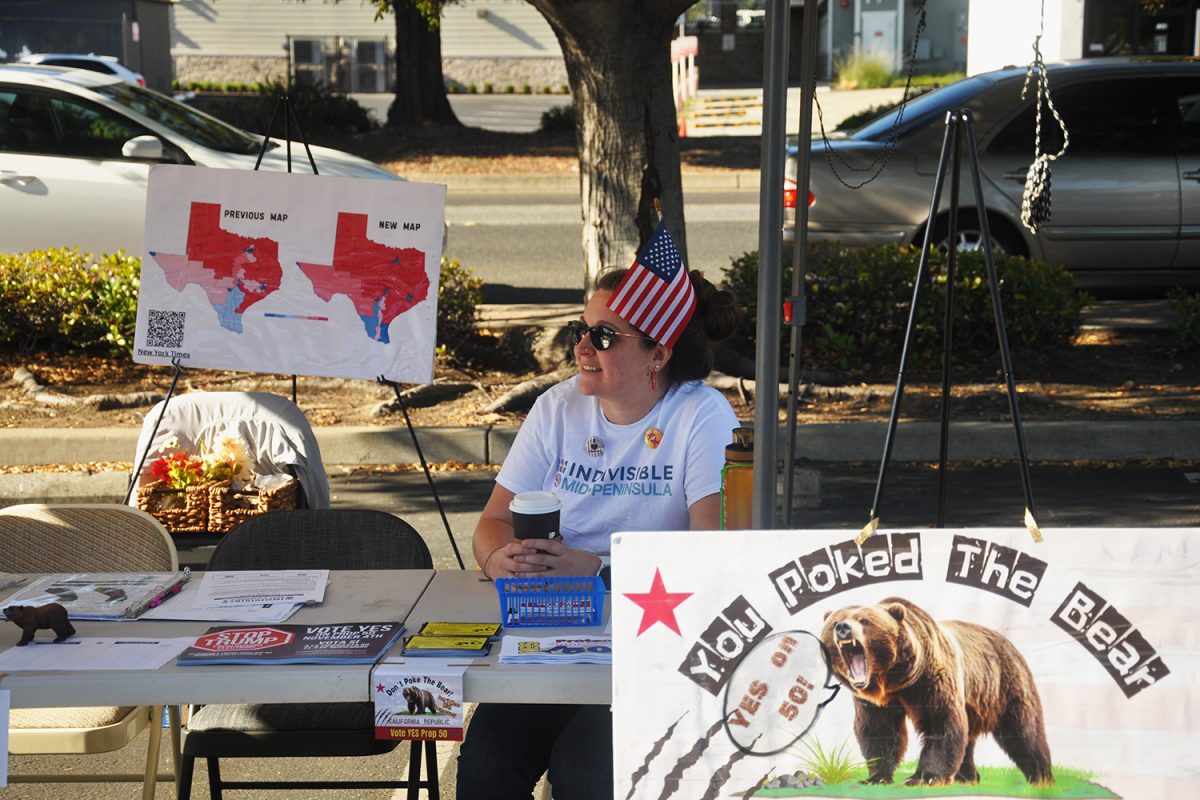
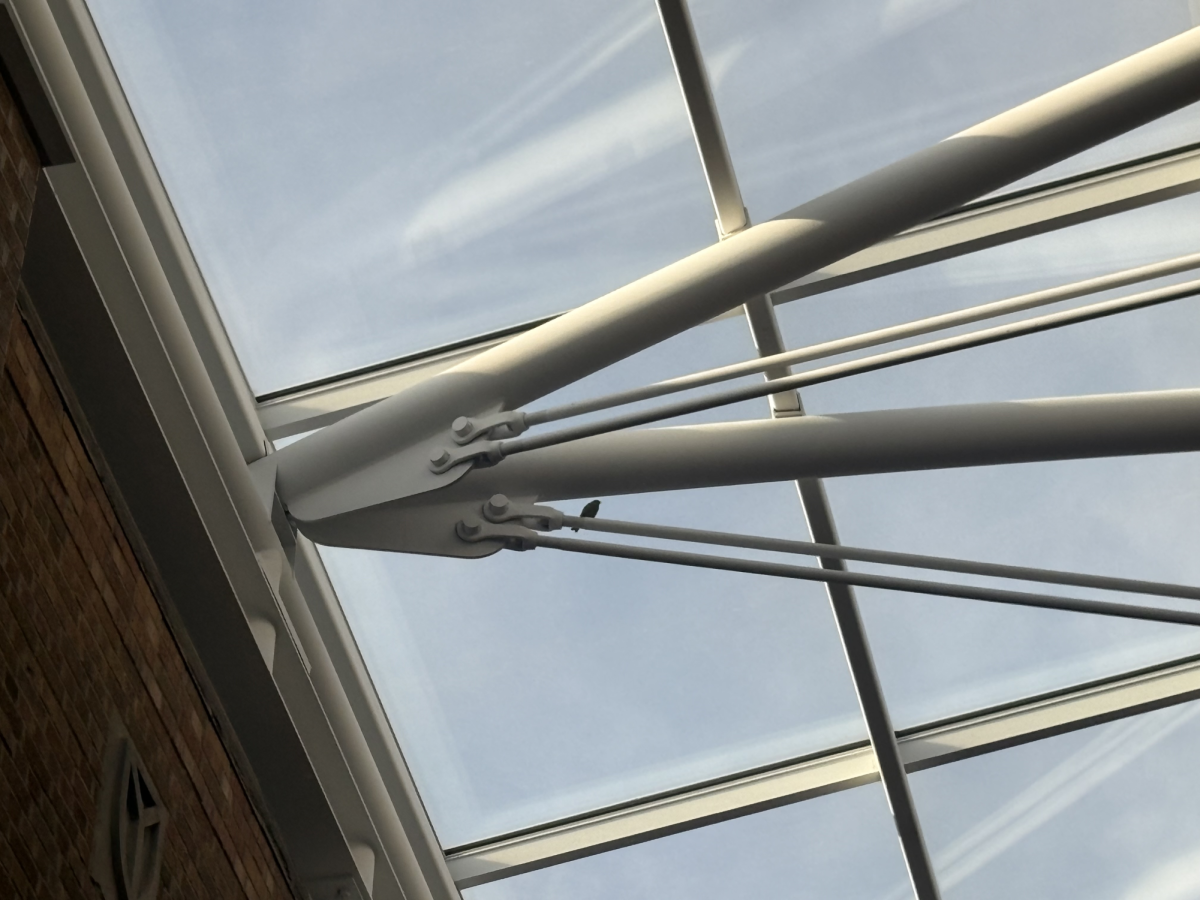
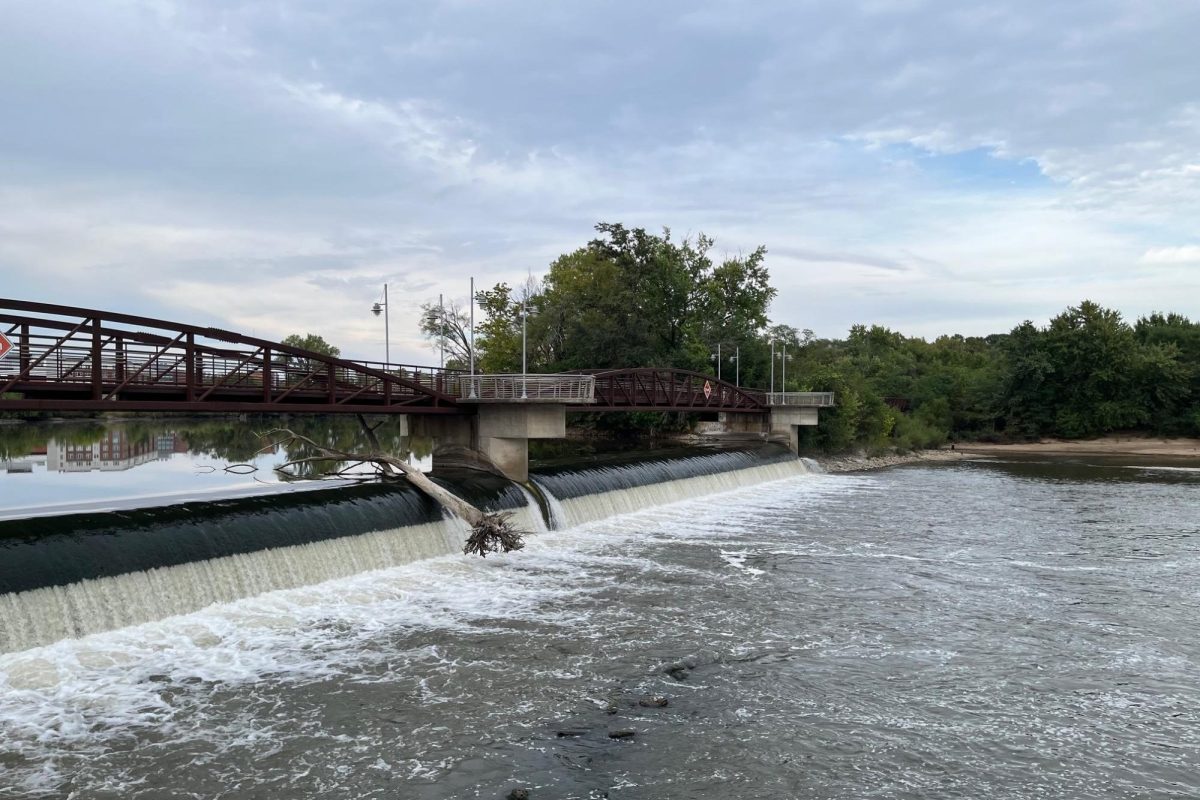

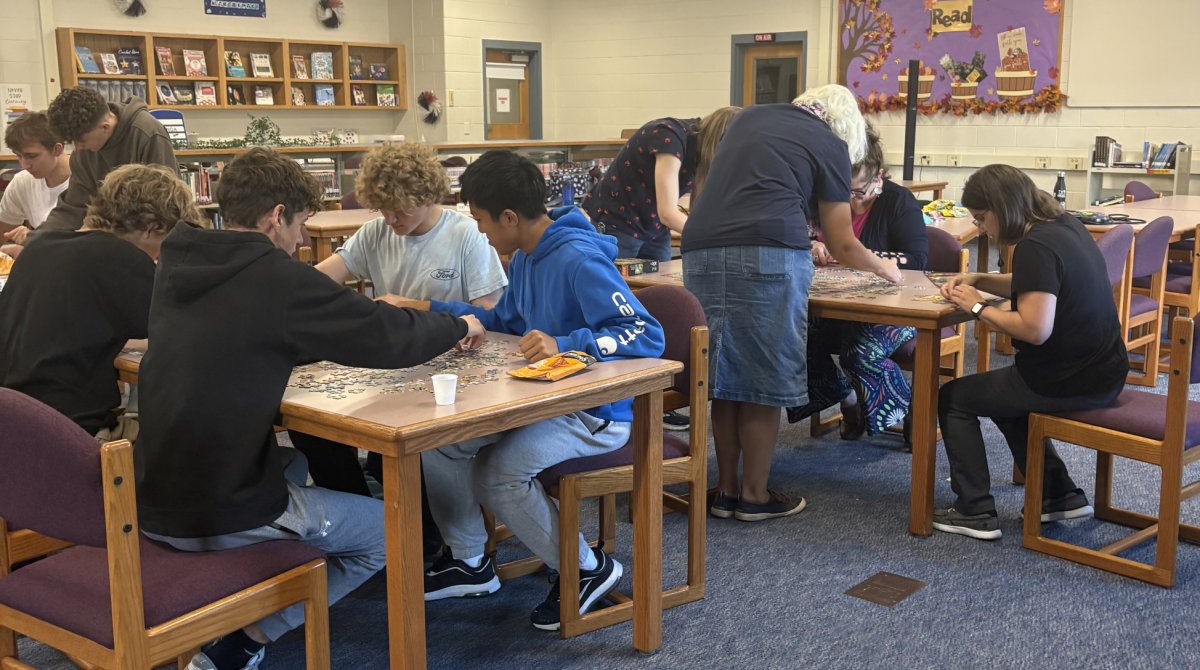
![Senior Dhiya Prasanna examines a bottle of Tylenol. Prasanna has observed data in science labs and in real life. “[I] advise the public not to just look or search for information that supports your argument, but search for information that doesn't support it,” Prasanna said.](https://bestofsno.com/wp-content/uploads/2025/10/DSC_0073-2-1200x800.jpg)



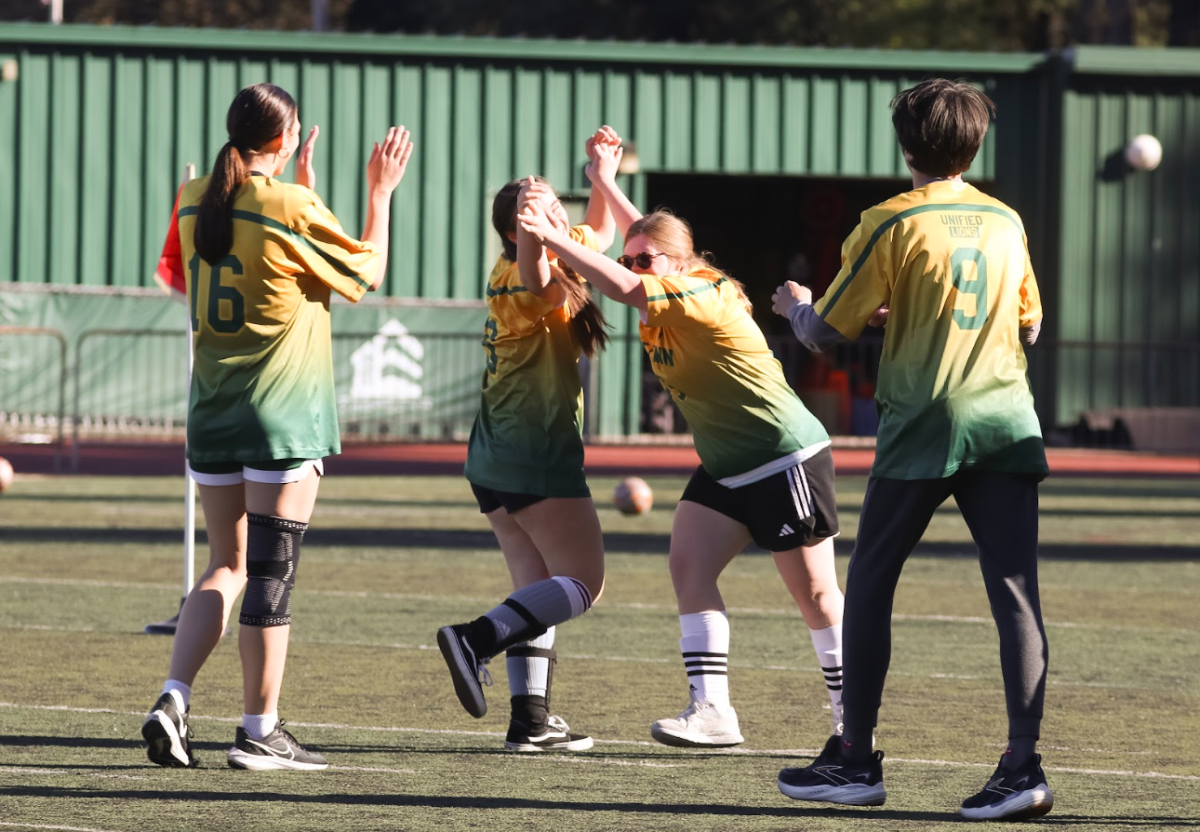
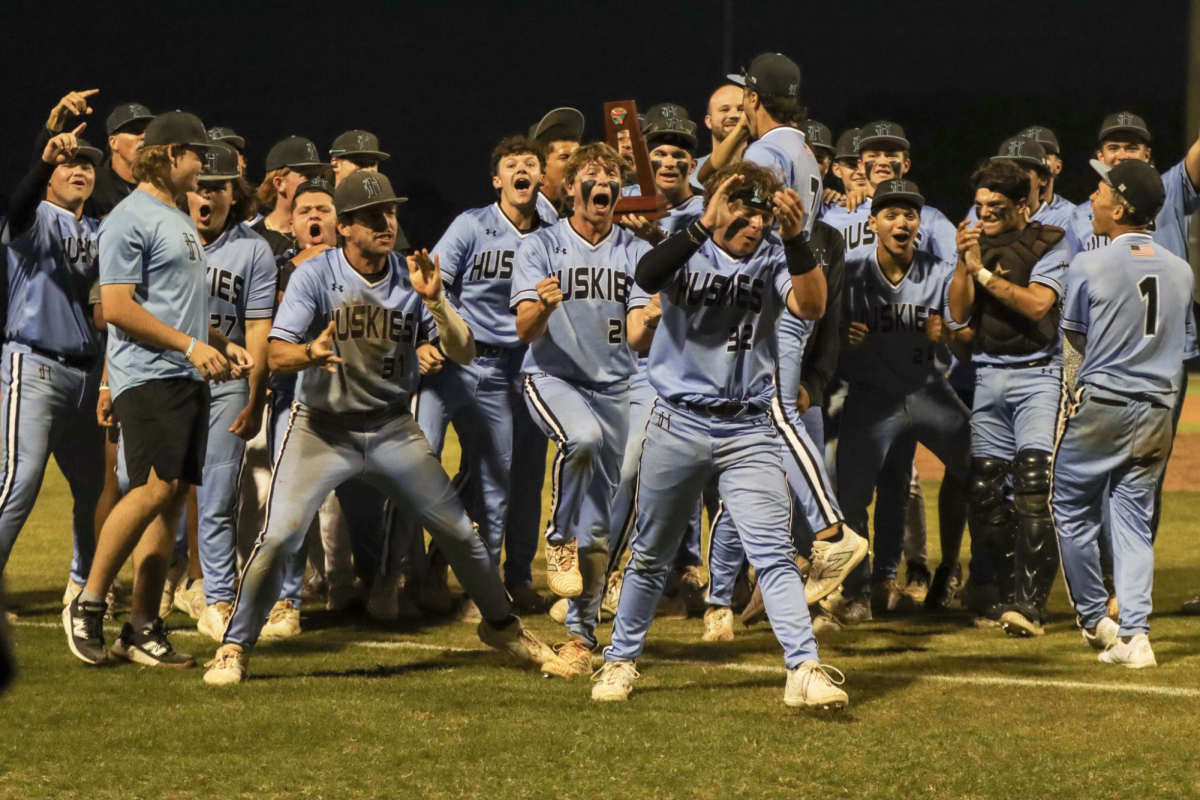


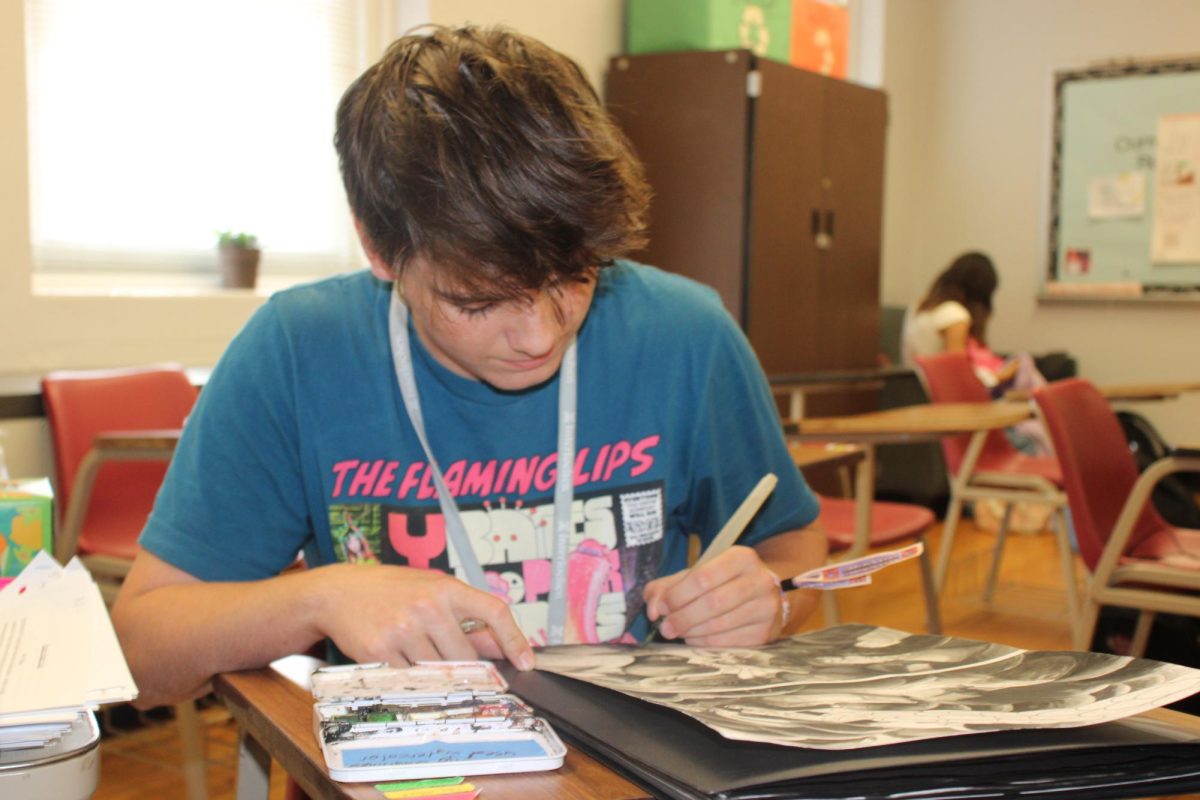

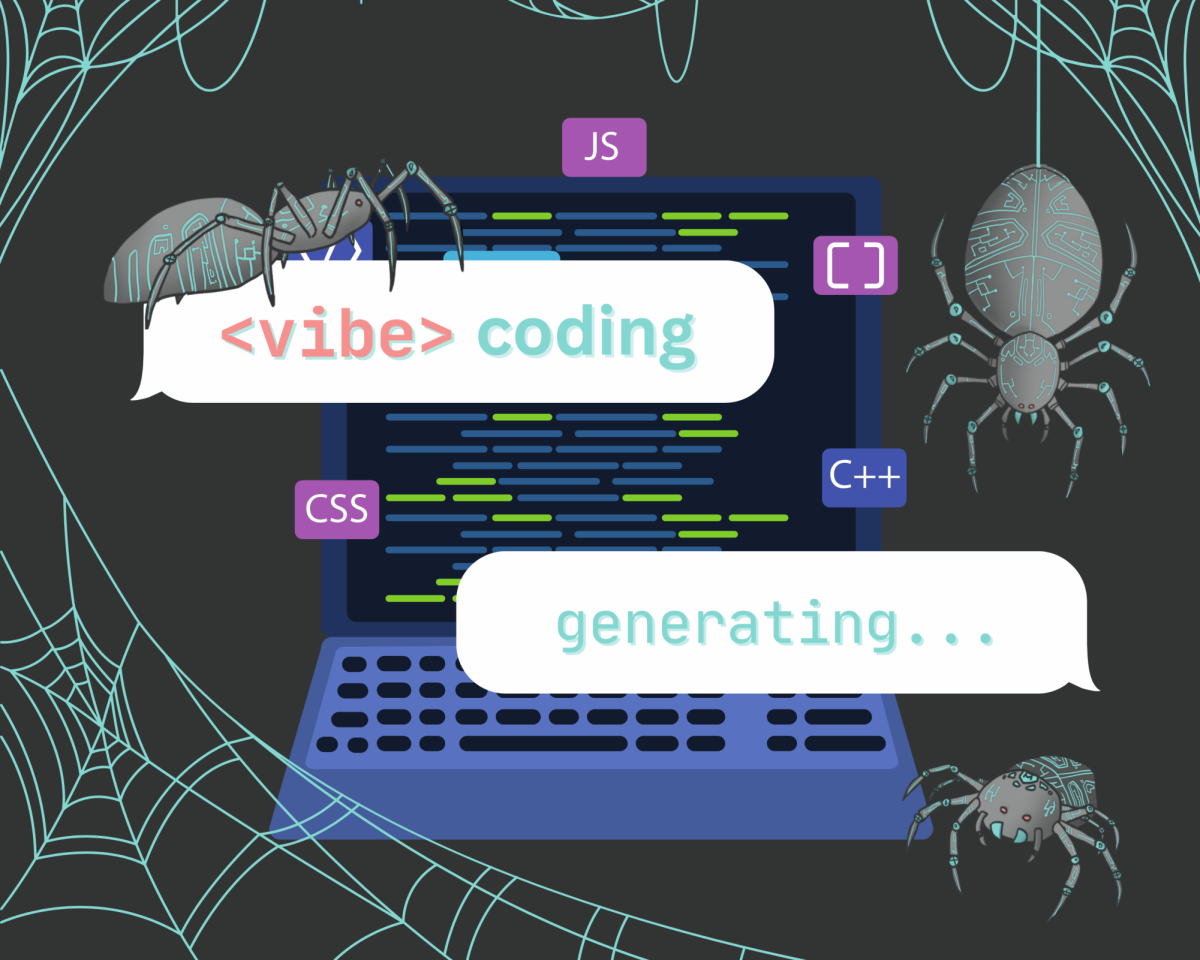
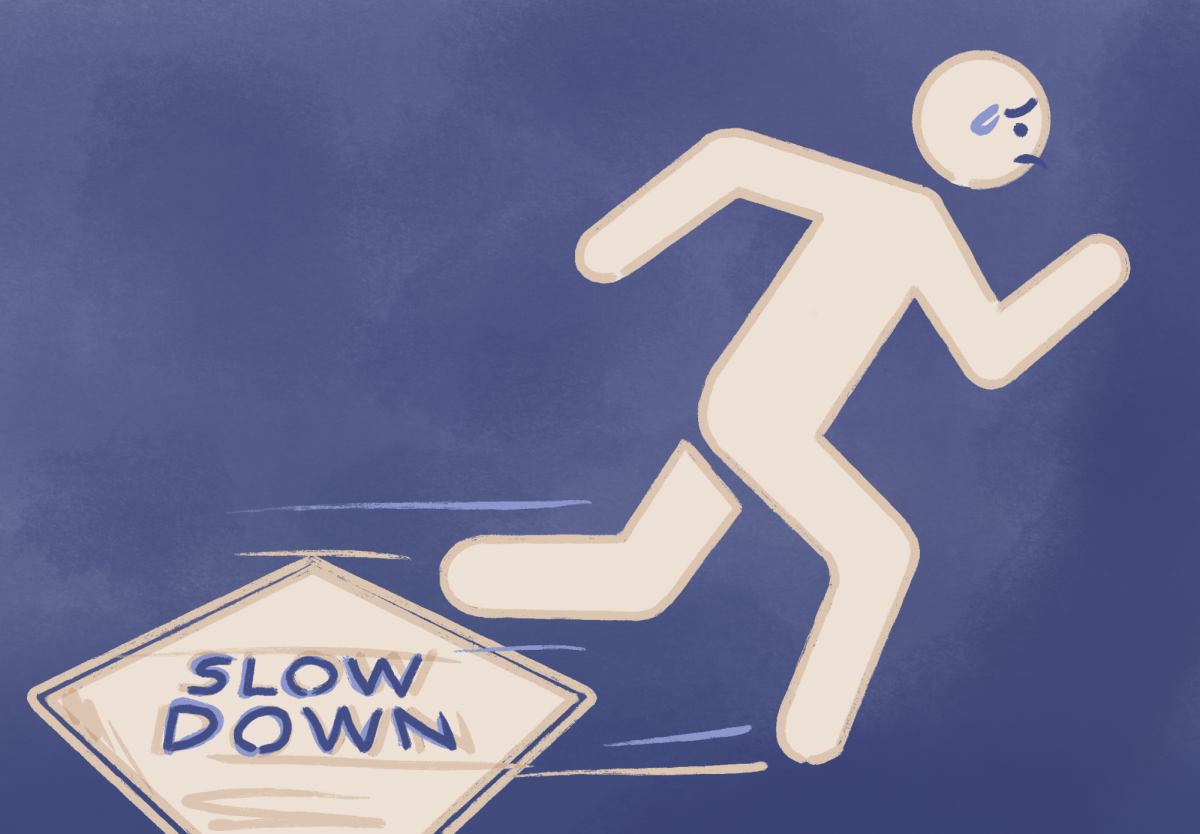

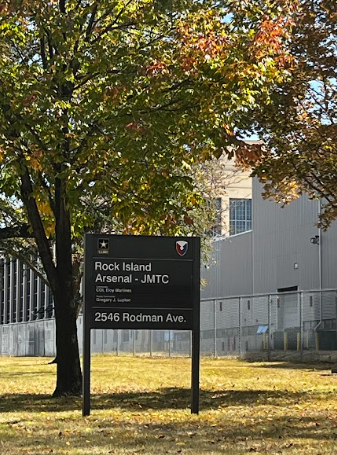

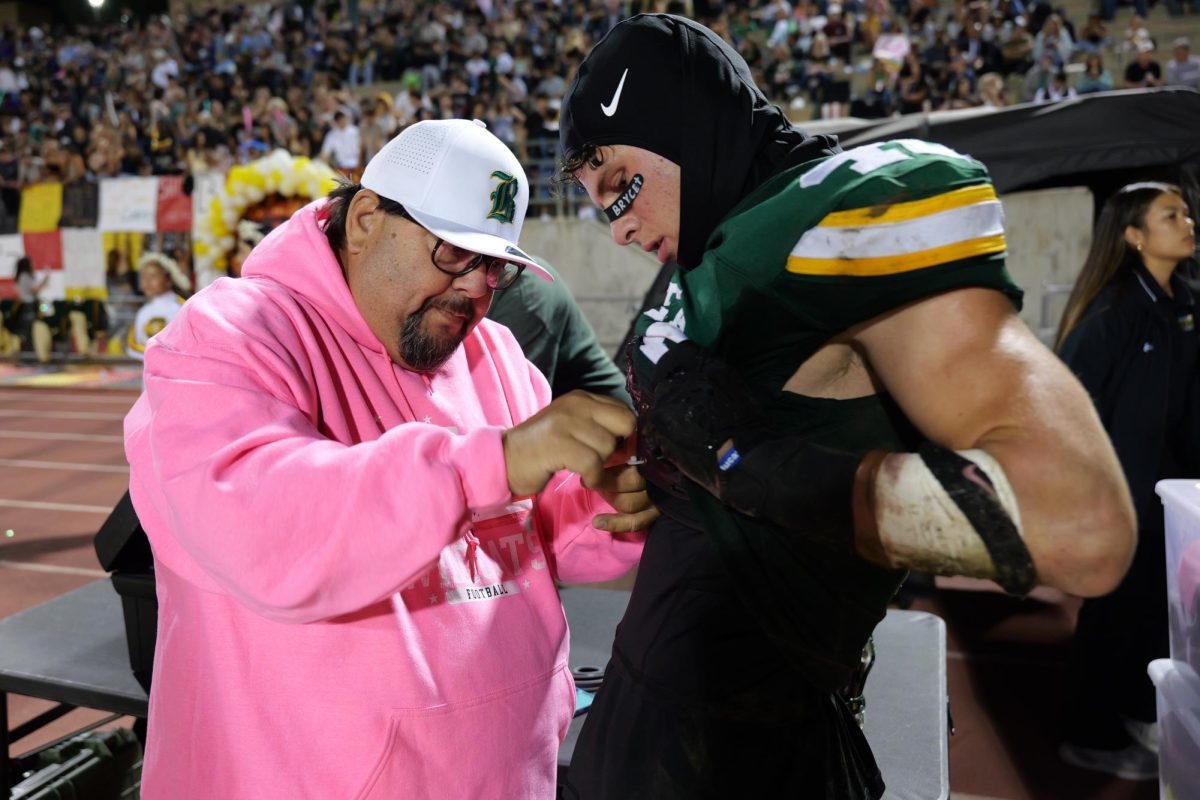
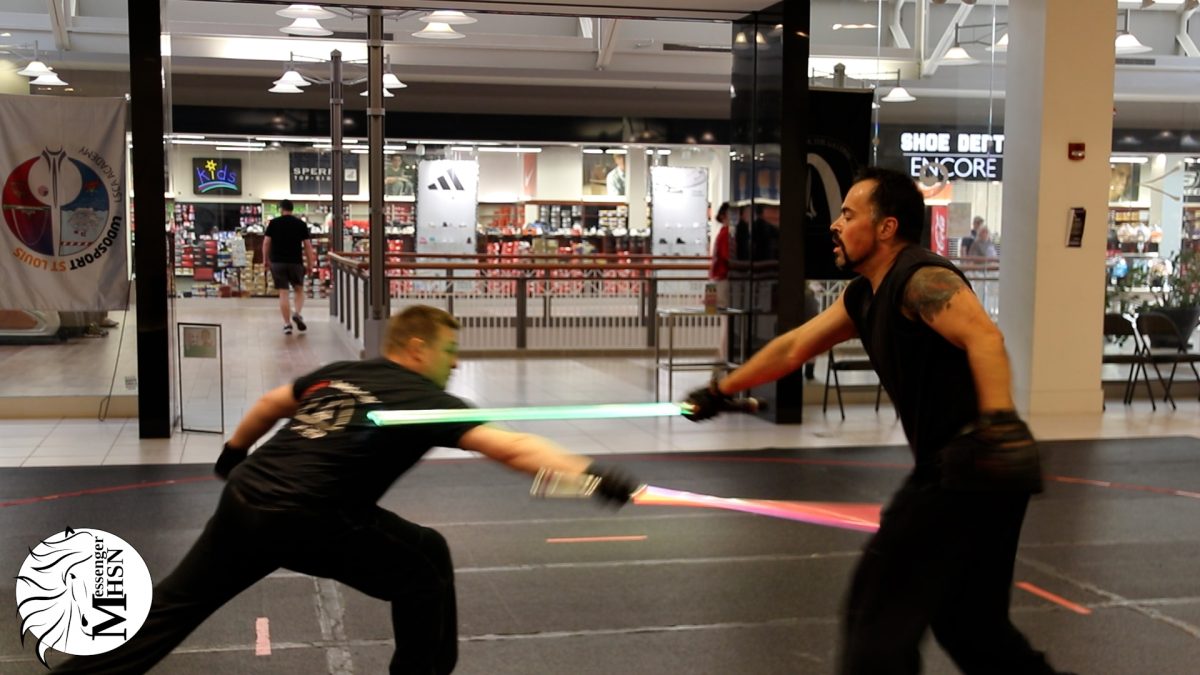




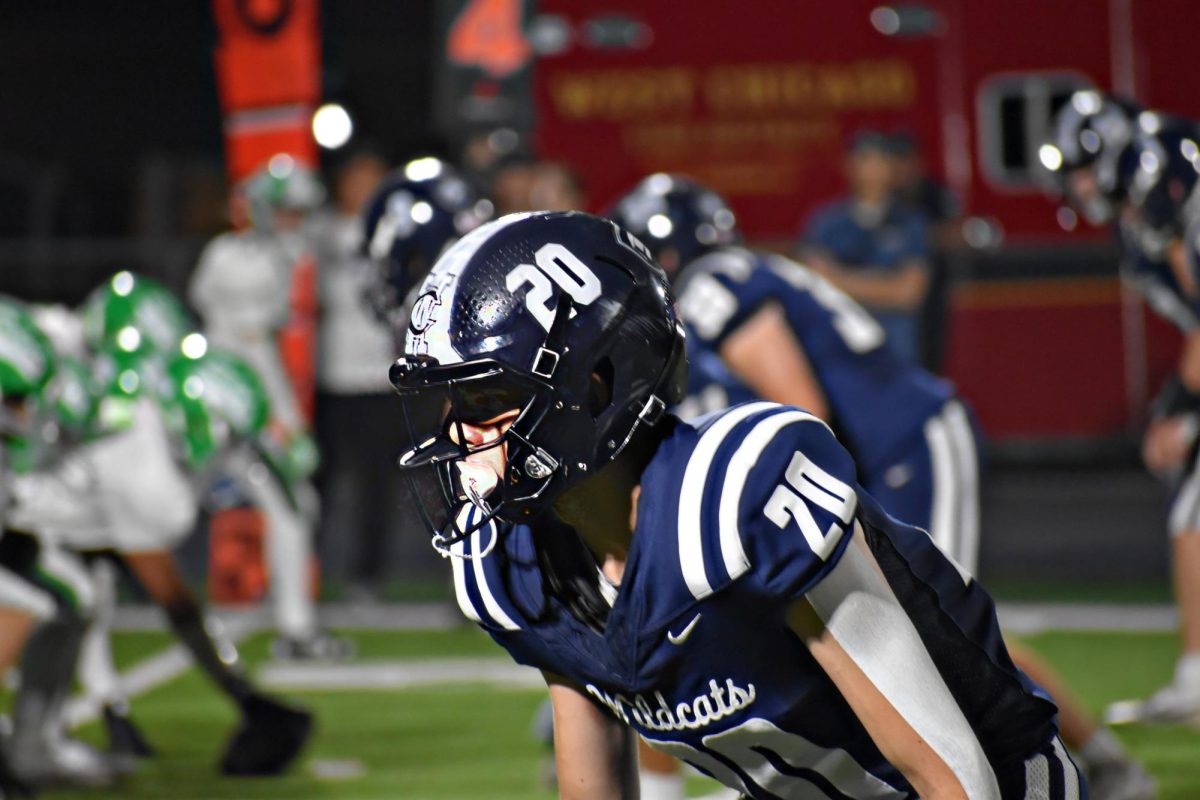
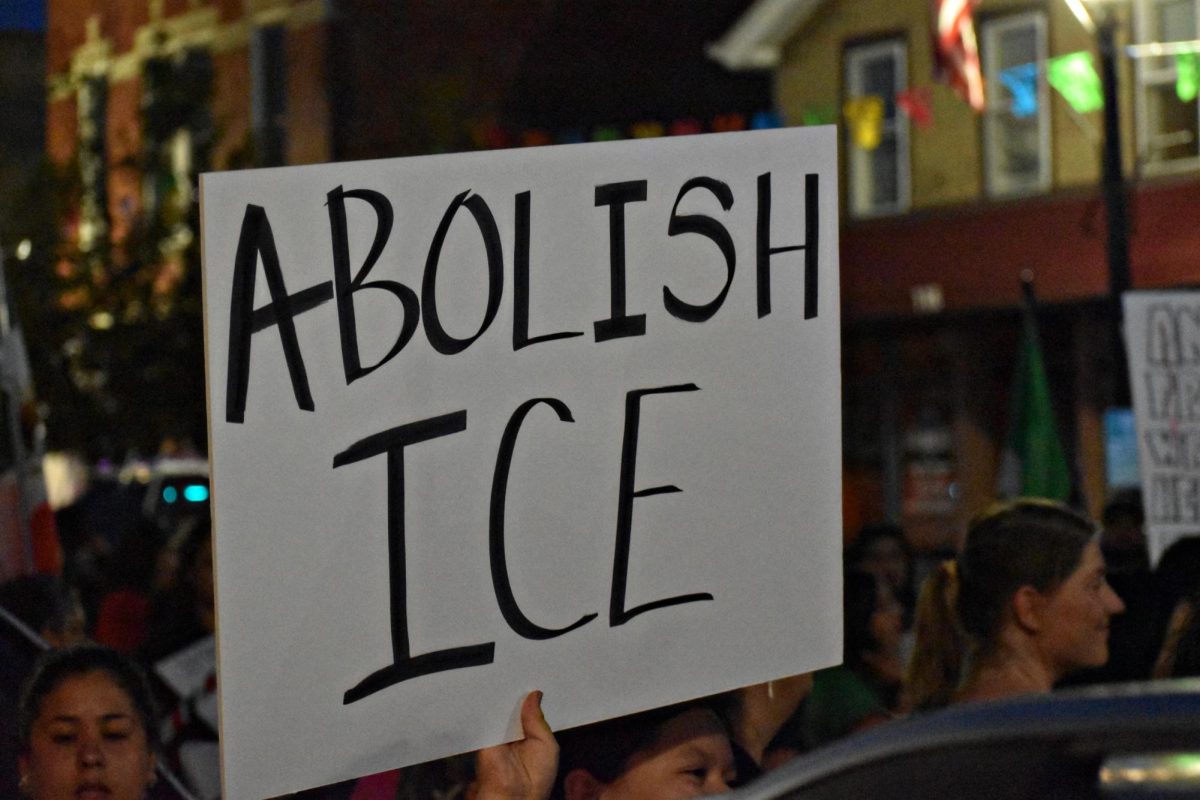
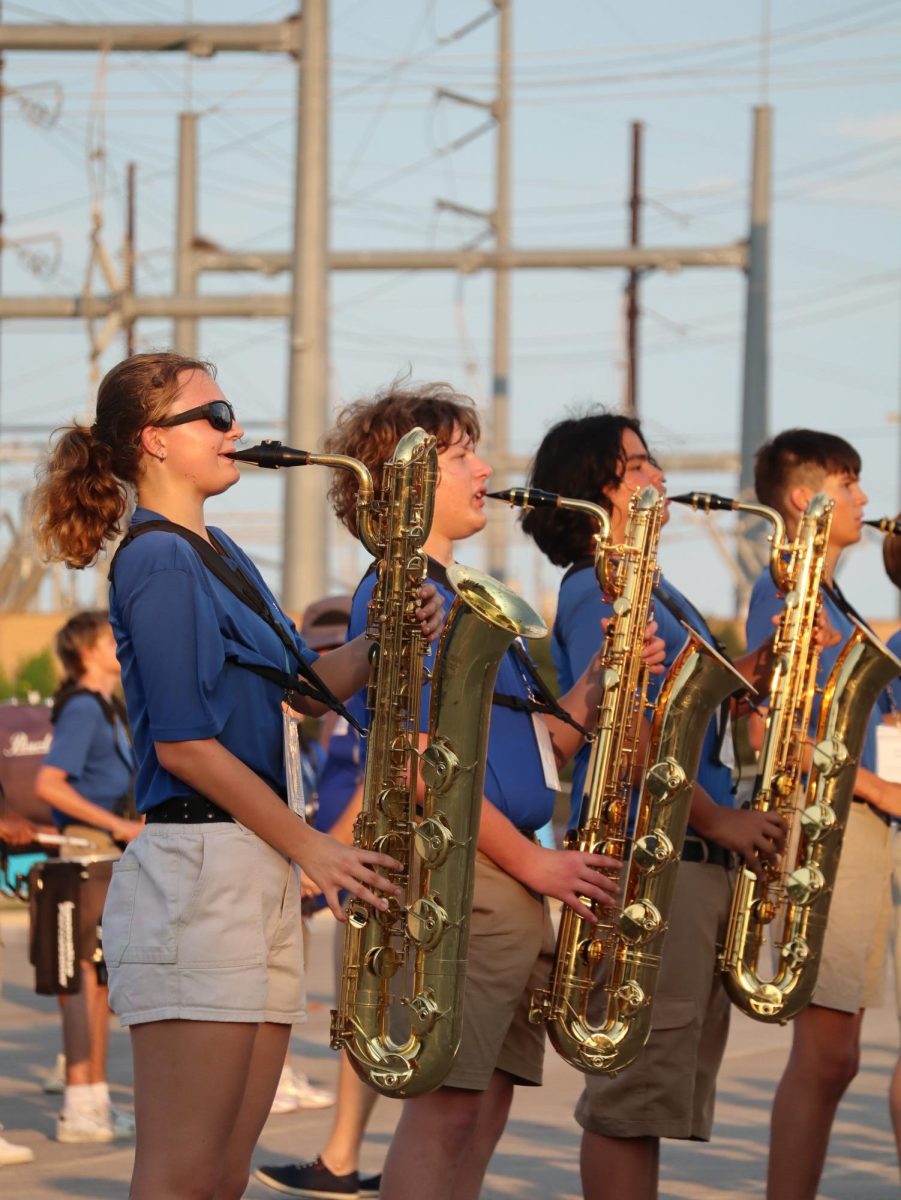

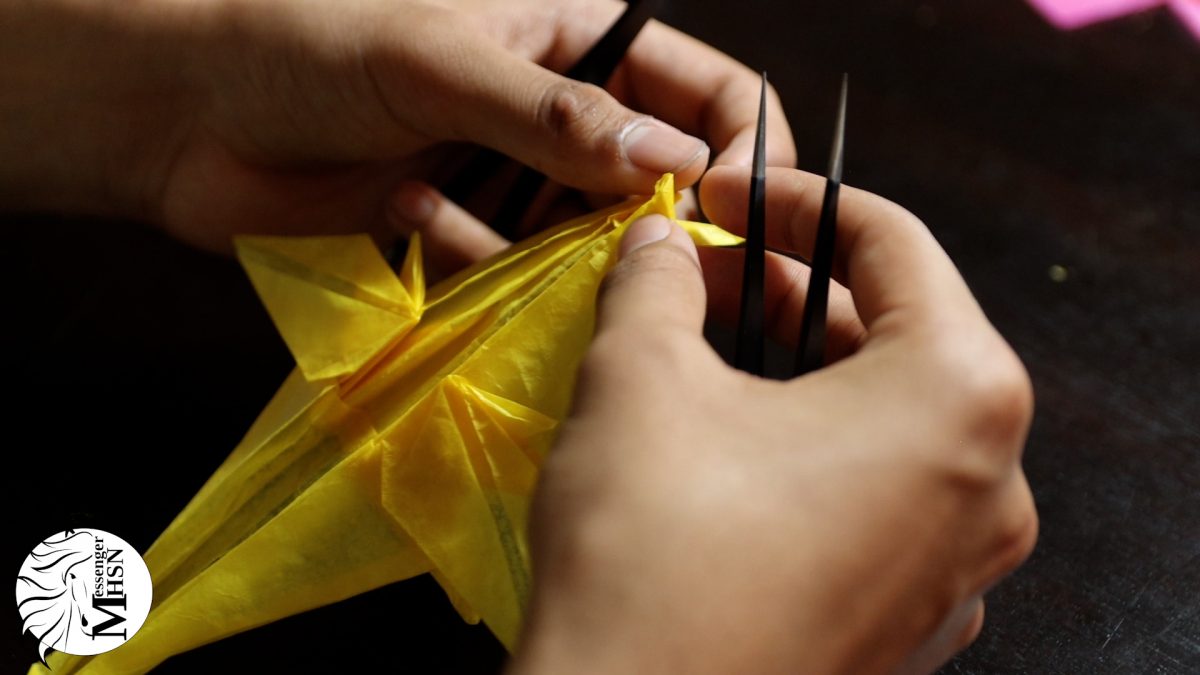
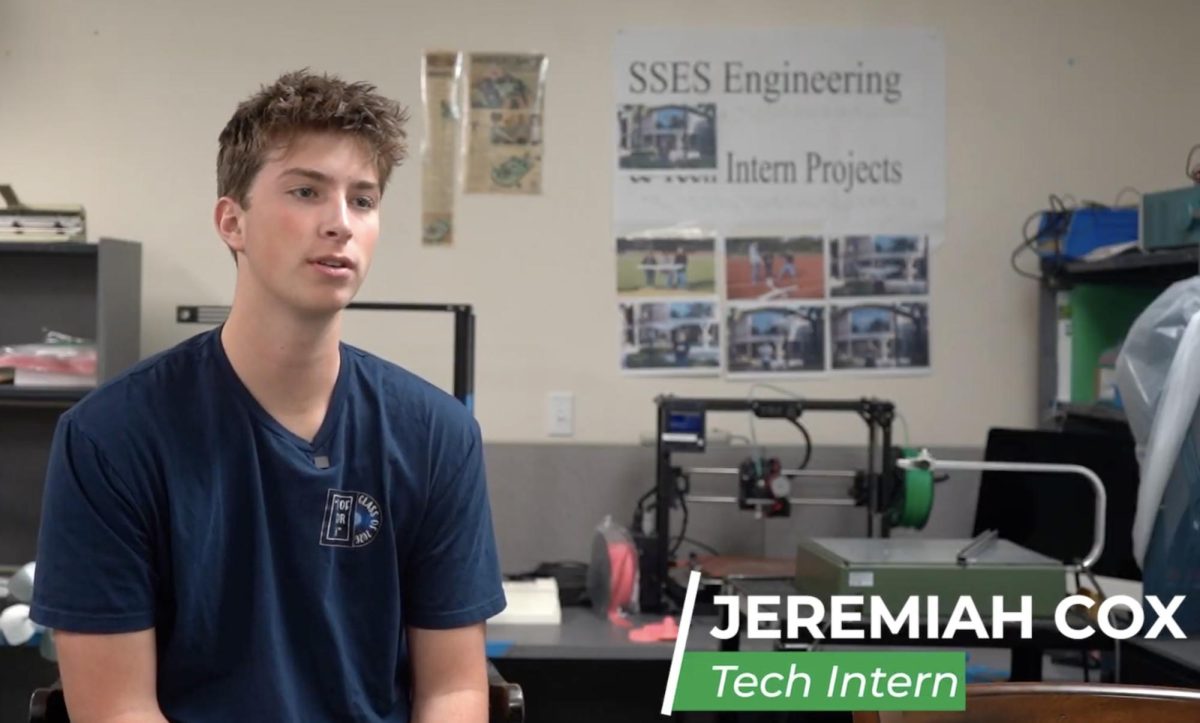
![Two girls carry bags filled with clothes and supplies they gathered from the Westwood Recreation Center, one of the many facilities serving as an evacuation shelter during the fires. Marco Huitron, a volunteer at the center, said that he is willing to help and give back to the community. “The integrity, the love and the honor that we have here on the Westside — West Los Angeles, Santa Monica, Palisades, Venice, just literally on the coast side — it just has given us such a good family and community feel that it’s only within my want [to help],” Huitron said. “Help is everything that we need, especially in these times.”](https://bestofsno.com/wp-content/uploads/2025/01/two-girls-1200x800.jpg)